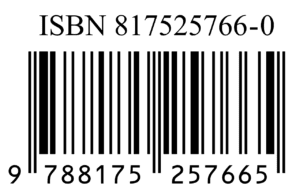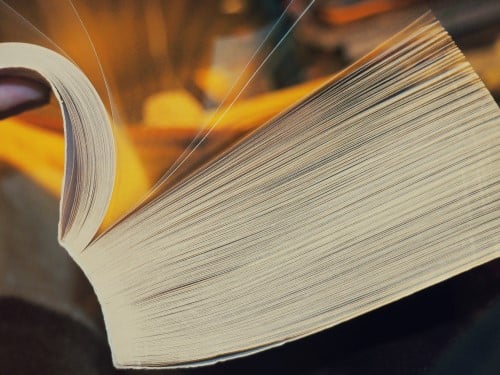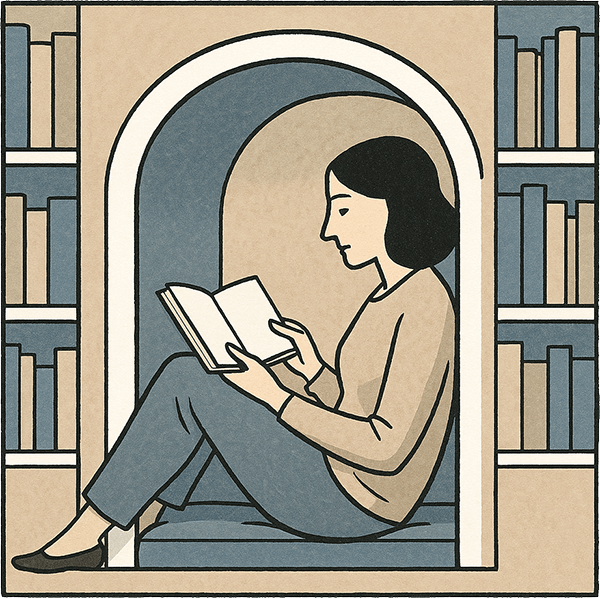Book publishing printing includes many options. There are many details to consider when publishing your book. The influx of information can be overwhelming, especially if you have never published before.
It may be worth a trip to a local library or bookstore with our downloadable PDF book publishing printing spec sheet in hand. Then see if you can identify some of the book printing options from the books sitting on the shelves.
As your manuscript is nearing completion, consider some of the following questions:
- Have you thought at all about how your book is going to look on the shelf or in the hands of your readers?
- Are you going to have a paperback, hardback, or eBook option for your book?
- Have you considered all types?
- What trim size and paper will be used?
- Do you need an ISBN?
Book Publishing Printing: Paper
The weight of paper is measured by how heavy 500 sheets weigh. Bibles and other thin sheet paper are around 30. You may think, “Hey! My office paper is 20 pounds! And that is all I want.”
The paper you use to write on and print on is in a different class of paper than commercial grade publishing paper. If you are unsure what you want, go to a local shop that specializes in paper and they likely have samples you can test. Or go to any bookstore and open a few books. Some have lighter pages and some very heavy by comparison.
The standard weight for book publishing printing is 50 lb. Some color book printing is done on 70 lb for more premium quality.
The majority of books are printed on white paper, with one exception being a cream color. Standard color offers a more economical option for those not needing high-quality paper.
Book Publishing Printing: Design

Most cover and interior layouts are created with Adobe InDesign or Photoshop software. This is the professional standard because it has all the needed to properly layout your book or does a cover design. It is the Lamborghini Murcielago LP670-4SV of book design and layout.
Yes, you can buy it. Yes, you can drive it. But is it expensive? Relatively, Yes. Would you benefit from professional training to really enjoy all its features and use them properly? Definitely, Yes.
What is so great about this program though is its functionality and versatility. Regardless of your intended uses for your books, this tool can make it work. Once again, it’s a tool. Only as good as it’s user.
Most self-publishers have no time or experience to utilize this great tool. This is one area you need to invite a professional like Izzard Ink to be on your team.
ISBN (International Standard Book Number)
 When it comes down to ISBN’s you really need one for each type of book. For example, a hardback and paperback should have separate ISBN’s. It also is advisable to have an ISBN for eBooks but it is not required.
When it comes down to ISBN’s you really need one for each type of book. For example, a hardback and paperback should have separate ISBN’s. It also is advisable to have an ISBN for eBooks but it is not required.
Is the Library of Congress right for you? We recommend it and it would be pretty cool to have your book available in the Library of Congress, right? We think so. The benefit of submitting your book to this process is that it will help preserve your book within their 838 miles of shelves for many generations to come.
There are a process and some steps we take and then mail off a copy of your book. If it is accepted, then you are provided with a Library of Congress Control Number (LCCN). Also, you only need one LCCN per book title. So regardless of the type (hardback or paperback) or version, you use the same number. If you would like more information, you can visit their site FAQ’s: http://www.loc.gov/about/frequently-asked-questions/
Book Publishing Printing: Binding Types and Trim Sizes
Paperback books are available with perfect binding.

Hardback book options available are case, laminate, cloth, or jacketed.

Premium Color books come in saddle stitch.



